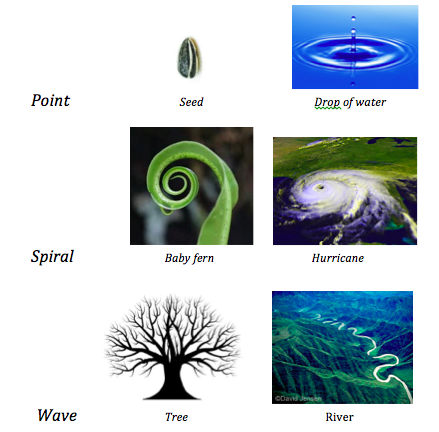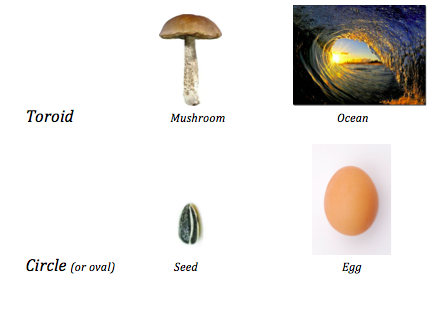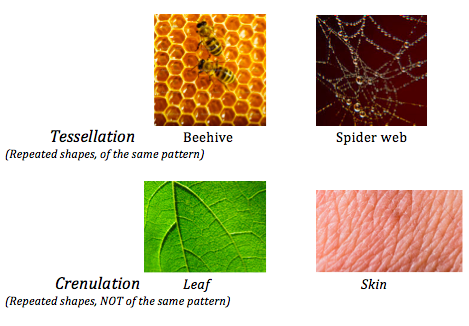Nature does nothing uselessly, Aristotle once said. This list of strategies helps permaculture designers make useful, natural designs for their landscape.
Holmgren’s Principles
This list of principles was originally designed by David Holmgren, outlined in his book Principles and Pathways (www.permacultureprinciples.com). Holmgren’s permaculture principles are thinking tools, that when used together, help us creatively re-design our environment to be more sustainable.
As you design and install elements at your site, apply David Holmgren’s twleve permaculture principles to find the most effective, long-lasting solutions:
- Observe and Interact
- Catch and store energy
- Obtain a yield
- Apply self-regulation and accept feedback
- Use and value resources and services
- Produce no waste
- Design from pattern to detail
- Integrate rather than segregate
- Use small and slow solutions
- Use and value diversity
- Use edges and natural patterns
- Creatively use and respond to change
Patterns in Nature
Patterns are repeated forms. Nature repeats patterns for many reasons: efficiency, minimum effort, flow, strength, balance, stability, self-regulation or to slow down or speed up a process. By understanding nature’s patterns, we can more effectively design abundant landscapes. Here are some common shapes in nature listed by examples of each.
 |
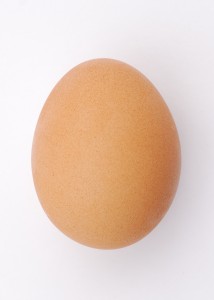 |
Point
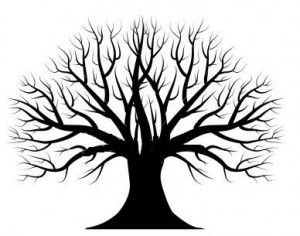 |
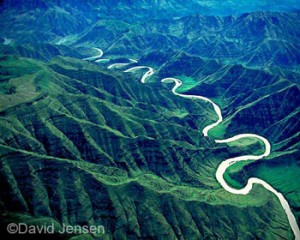 |
Wave
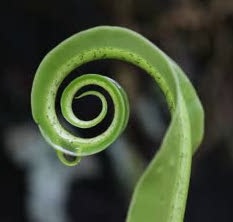 |
 |
Spiral
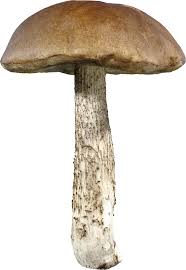 |
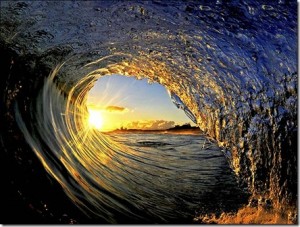 |
Torroid
 |
 |
Circle or oval
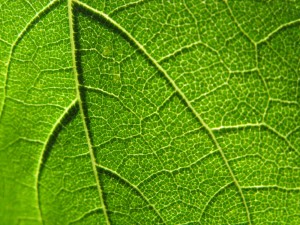 |
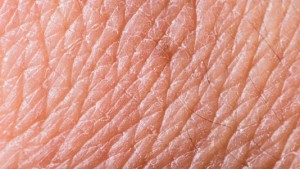 |
Crenulation – Repeated shapes, not of the same pattern
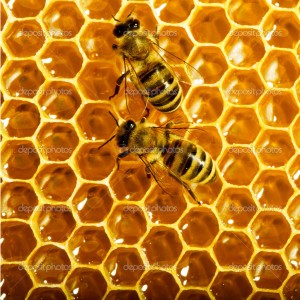 |
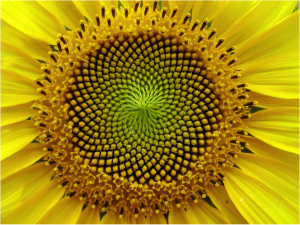 |
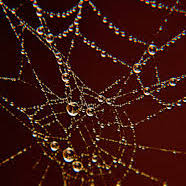
Tessellation – Repeated shapes, of the same pattern
Edge effect
The edge effect is an ecological concept that describes how there is greater diversity of life in the region where the edges of two adjacent ecosystems overlap such as land/water, or forest/grassland. At the edge of two overlapping ecosystems, you can find species from both of these ecosystems, as well as unique species that aren’t found in either ecosystem but are specially adapted to the conditions of the transition zone between the two edges.
Photo and text about edge effect:
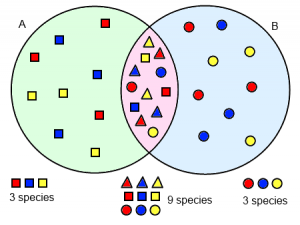
In the example above, each ecosystem labeled A and B, contain only three species: red, blue and yellow. Ecosystem A contains 3 species represented by squares and ecosystem B has 3 represented by circles. In the region where they overlap, called the ecotone, there are red, blue and yellow squares and circles. The combination of squares and circles (which represent six species) produce unique conditions which can now support three new species, represented as red, blue and yellow triangles. So while ecosystems A and B each contain 3 species, the overlapping transition zone contains 9. The increase of diversity that results from ecosystems overlapping is known as the edge effect. (www.DeepGreenPermaculture.com)
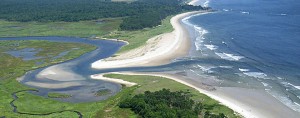
Climates and microclimates
Climate is weather conditions in a general area over a long period of time. These conditions are based on conditions in the earth’s atmosphere, the earth’s rotation around the sun and the tilt of her axis, among other things.
Microclimates are changes in moisture level or climate on a smaller scale within a site. Worms wriggling through the soil are an example of a microclimate. Worms cause a capillary effect to happen – as they move through the soil, their bodies leave gaps in the soil which provide space for air and water to collect. This enables more microbial activity to happen and enrich the soil.
What creates climate?
- Space – Meteors, other planets
- Sun – Earth’s orbit around the sun, Earth’s tilt on its axis and rotation around its center
- Moon – Ocean currents and tides
- On earth – Volcanoes, oceans, wind, water bodies, forest/trees, building, people
- Elevation – Every 200 meters = 1º temperature drop
- Man – Burning fossil fuels increases the expansion of the “greenhouse effect,” trapping more heat in the atmosphere
Climatic zones and design strategies
Tropical / Subtropical
Seasons: 3-4 growing seasons. Hot, warm rainy season, constant temperature. In tropical regions, no months under 18ºC. In subtropical regions, can frost in the coolest months.
Rainfall: Up to 400cm a year, condensation exceeds evaporation.
Soil: Thin topsoil, soil breaks down fast. Fungi-based soil.
Note: An area supporting 180 species in a tropical forest can support 10 species in a temperate forest.
Design strategies
for flood prevention, water retention:
- Flood prevention/water retention
- Make a thorough earthworks design for flood prevention and proper water retention
- Build soil
- Build biomass by growing legumes, perennials, and other pioneer species
- Grow aquatic plants, they have high nitrogen content, provide shade and grow fast
- Soil is generally acidic, consider adding lime
- Prune just before the dry season, also prune throughout the year
Temperate / High elevation
- Seasons: 1-2 growing seasons. Short summer/growing season, long winter, freezing temperatures.
- Soil: Thick topsoil. Soils don’t break down fast. Bacteria-based topsoil.
- Design strategies for cold temperatures (see Natural Building for cold climate insulation strategies)
Desert / Arid
- Seasons: 0-1 growing season. High temperature floccuation, long hot summer, short cool winter.
- Rainfall: <25cm a year. Evaporation exceeds precipitation
- Soil: Little to no topsoil
- Design strategies for water retention and protecting from fire and wind
- Retain water
- Install narrow, deep ponds, instead of shallow, wide ponds
- Create shade, plant wind breaks, lay thick mulch (average 30 cm), ground covers, grow aquatic plants on water bodies, dig swales
- Vines on a trellis or polytunnel create shade
- Protect from fire/wind (also on coastlines)
- Plant windbreaks (like shrubs/hedges) and build round structures to protect from high wind
- Plant firebreaks with plants like bananas
